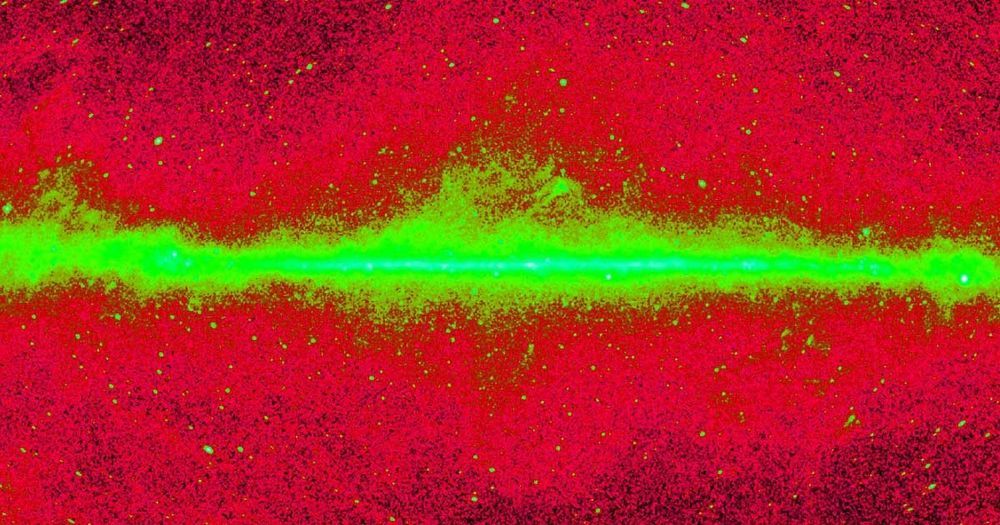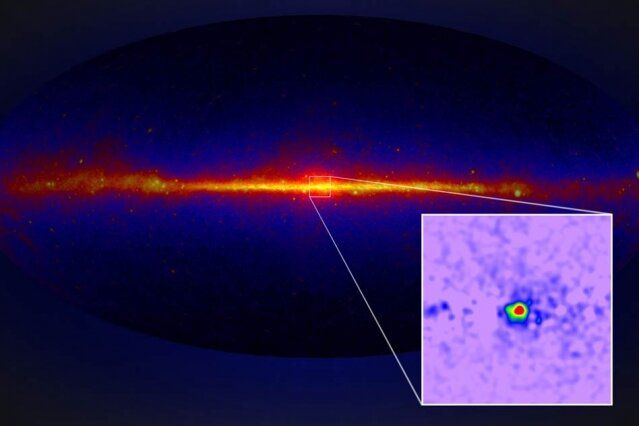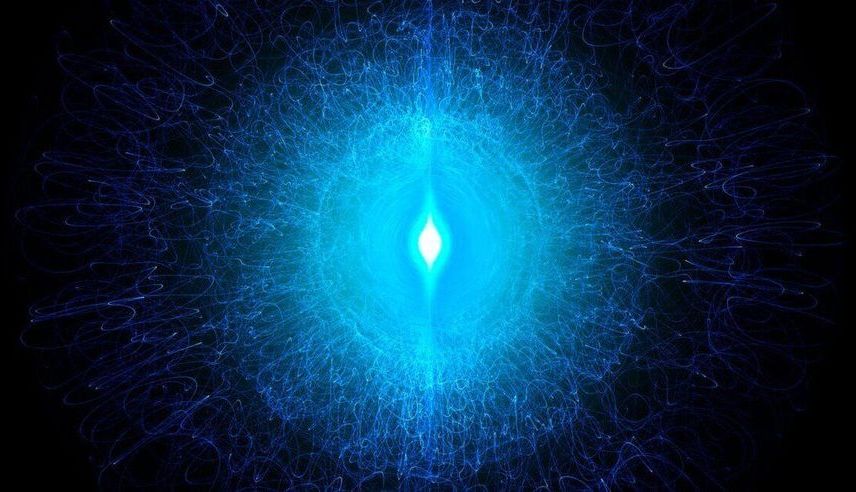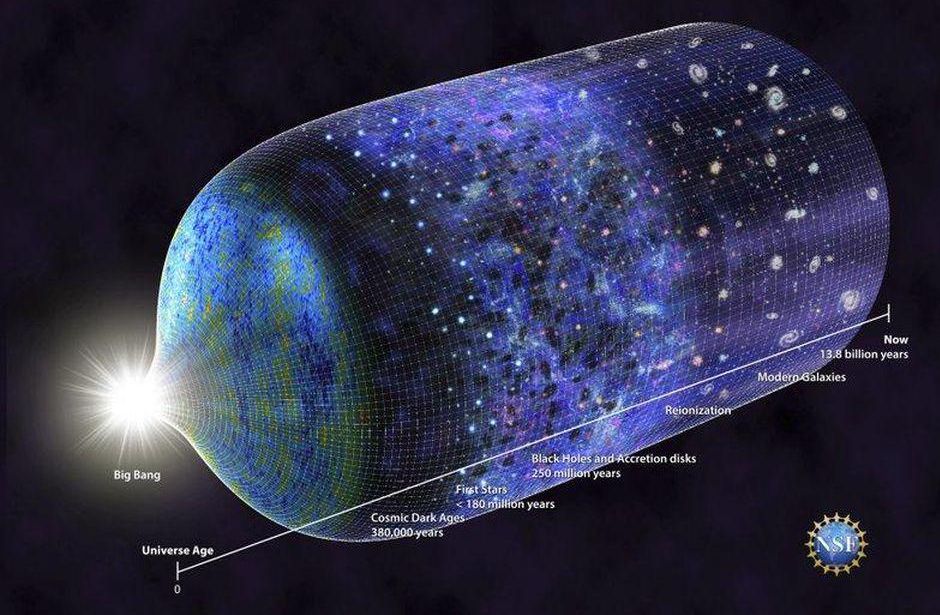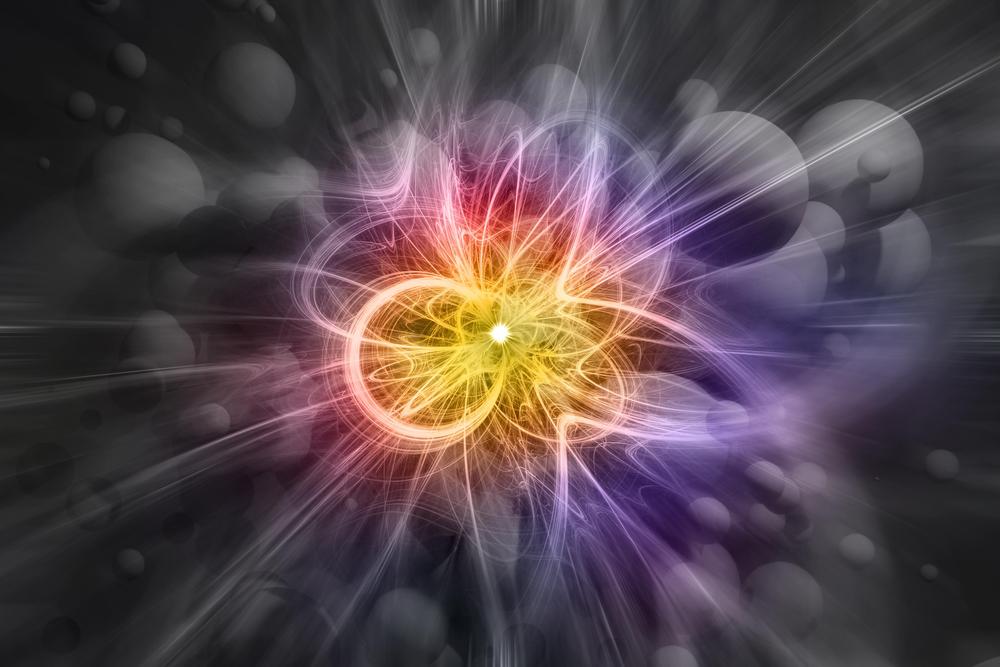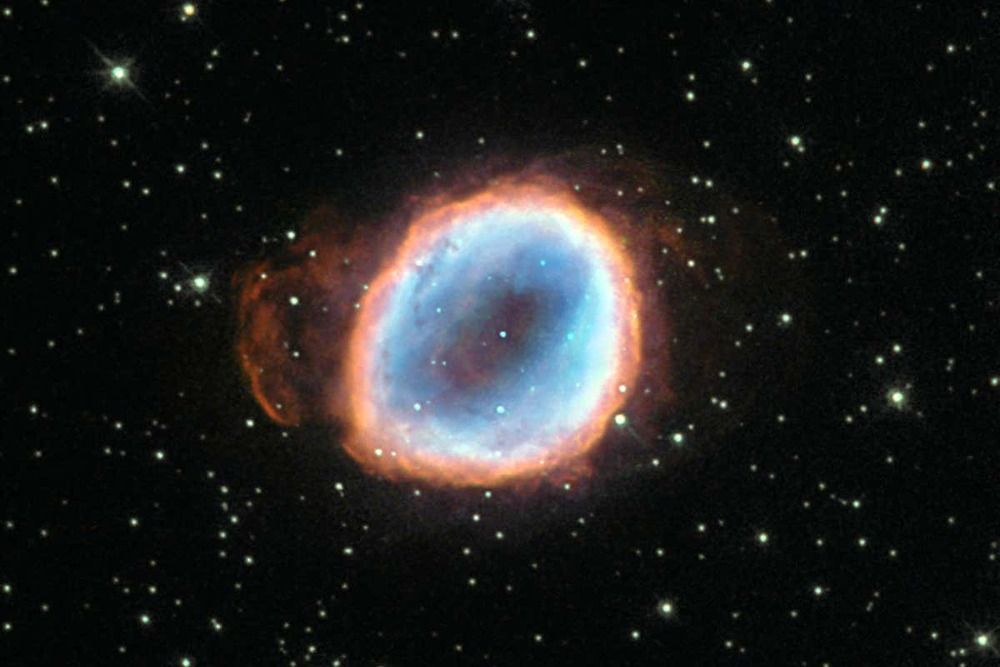If you were to travel back in time to kill your grandparents — let’s ignore the ‘why’ here, for the sake of argument — you would never have been born. Which means there was nobody to kill your grandparents. Which means you were actually born after all, which… hold up, what’s going on here?!
These kinds of brain-breaking paradoxes have been puzzling us forever, inspiring stories ranging from “Back to the Future” to “Hot Tub Time Machine.”
Now, New Scientist reports that physicists Barak Shoshany and Jacob Hauser from the Perimeter Institute in Canada have come up with an apparent solution to these types of paradoxes that requires a very large — but not necessarily infinite — number of parallel universes.

